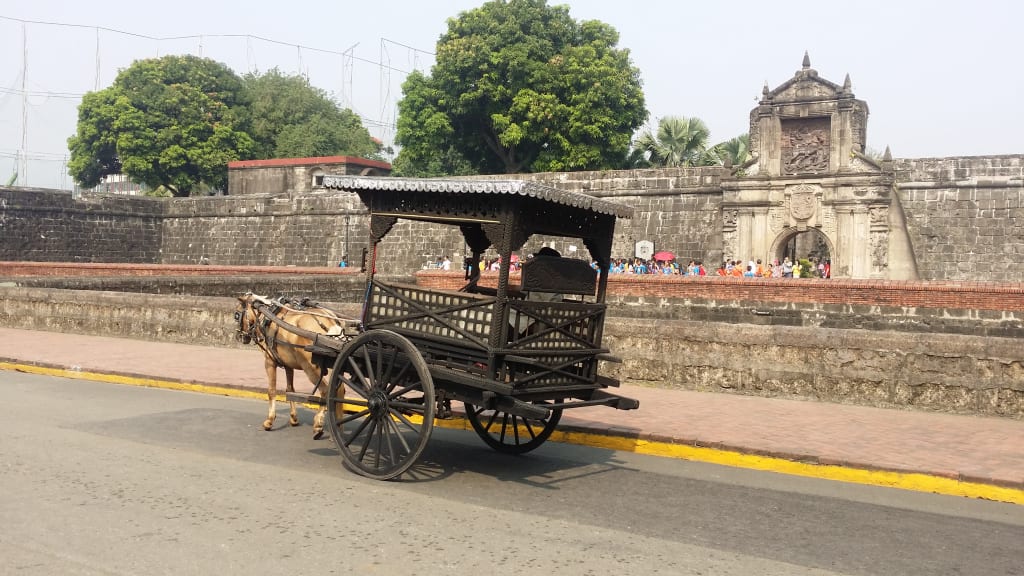
The Philippines is a Southeast Asian country located in the western Pacific Ocean. It is an archipelago of over 7,000 islands, making it the.
The second-largest island nation in the world after Indonesia. The Philippines is known for its stunning natural beauty, rich cultural heritage, and warm and friendly people.
The country has a long and complex history, having been colonized by the Spanish for over 300 years before becoming a territory of the United States for nearly 50 years. The Philippines became an independent nation in 1946 and has since developed into a vibrant democracy with a growing economy.
One of the defining features of the Philippines is its diverse culture, which has been shaped by centuries of foreign influence and its own indigenous traditions. The country is home to numerous ethnic groups, each with it's own unique customs, languages, and beliefs. This cultural richness is reflected in the Philippines' rich artistic heritage, which includes traditional dance, music, and crafts.
The Philippines is also known for its stunning natural beauty. The country is home to a range of landscapes, from pristine white sand beaches and turquoise waters, to lush rainforests and towering mountain ranges. Some of the country's most popular tourist destinations include Boracay, Palawan, and Siargao Island, all of which are known for their stunning scenery and adventure opportunities.
One of the defining aspects of the Philippine culture is its deep sense of hospitality and friendliness. The people of the Philippines are known for their warmth and generosity, and visitors to the country are often struck by the kindness and helpfulness of the locals.
Another important aspect of Philippine culture is its strong Catholic heritage. The country is one of the largest Catholic nations in the world, and Catholicism plays a significant role in the lives of many Filipinos. This is reflected in the country's many religious festivals and celebrations, including the Ati-Atihan Festival, the Sinulog Festival, and the Kadayawan Festival.
Despite its many strengths, the Philippines still faces a number of challenges. Poverty is a persistent issue in the country, with many Filipinos living in poverty and struggling to make ends meet. Corruption is also a major problem, with corruption at all levels of government affecting the country's ability to provide essential services to its citizens.
Despite these challenges, the Philippines is a country that is full of hope and potential. Its rich cultural heritage, stunning natural beauty, and warm and friendly people make it a truly special place, and a destination that should be on the list of anyone who is looking to experience something truly unique and unforgettable.
The Philippines is a country of contrasts, with a rich cultural heritage, stunning natural beauty, and friendly people, but also persistent poverty and corruption. However, it is a place that is full of hope and potential, and a destination that is well worth a visit for anyone who wants to experience something truly unique and unforgettable. Whether you are interested in its history and culture, or simply looking to relax on its beautiful beaches and enjoy its warm hospitality, the Philippines is a country that is sure to leave a lasting impression.
ABOUT CEBU
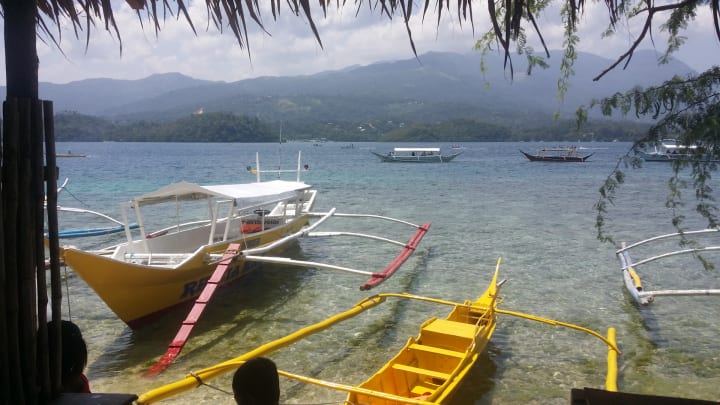
Cebu is an island province located in the central region of the Philippines. It is the second largest island in the country and is a hub of economic activity, with a thriving business sector and a rapidly growing tourism industry. Cebu is renowned for its rich cultural heritage, stunning natural beauty, and warm and friendly people, making it a must-visit destination for anyone traveling to the Philippines.
Cebu City, the capital of the province, is one of the oldest cities in the country and is steeped in history. It was established as a Spanish settlement in the 16th century and has since developed into a vibrant, modern metropolis with a thriving business sector, excellent dining and entertainment options, and a rich cultural heritage. Some of the must-visit attractions in Cebu City include Magellan's Cross, Fort San Pedro, and the Basilica del Santo Niño.
In addition to its rich cultural heritage, Cebu is also known for its stunning natural beauty. The island is home to a range of landscapes, from pristine white sand beaches and turquoise waters, to lush rainforests and towering mountain ranges. Some of the most popular tourist destinations in Cebu include Osmeña Peak, Casanova Island, and Moalboal.
Cebu is also famous for its delicious cuisine, which combines local flavors with Spanish and Chinese influences. Some of the must-try dishes in Cebu include lechon, a slow-roasted pig that is a staple of local cuisine, and Cebuano-style siomai, a type of steamed dumpling that is popular throughout the country.
The people of Cebu are known for their warmth and hospitality, and visitors to the island are often struck by the kindness and generosity of the locals. Cebuano culture is also rich in tradition and is reflected in the many festivals and celebrations that take place throughout the year, including the Sinulog Festival, which is held in honor of the Santo Niño and is one of the largest and most colorful festivals in the country.
Despite its many strengths, Cebu faces a number of challenges, including rapid urbanization, environmental degradation, and growing traffic congestion. However, the local government and community are working together to address these issues and to ensure that Cebu remains a thriving and sustainable destination for years to come.
In conclusion, Cebu is a province that is full of contrasts, with a rich cultural heritage, stunning natural beauty, and warm and friendly people, but also faces a number of challenges. However, it is a place that is well worth a visit for anyone who wants to experience something truly unique and unforgettable. Whether you are interested in its history and culture, or simply looking to relax on its beautiful beaches and enjoy its delicious cuisine, Cebu is a destination that is sure to leave a lasting impression.
ABOUT FILIPINOS
The Philippines is home to a diverse and vibrant population of over 110 million people, known as Filipinos. With a rich cultural heritage that draws from a variety of influences, including Spanish, Chinese, and indigenous traditions, Filipinos are a unique and fascinating group of people.
One of the defining characteristics of Filipinos is their strong sense of hospitality and warmth. Visitors to the Philippines are often struck by the kindness and generosity of the locals, who are known for their friendly dispositions and welcoming attitudes. This is evident in the many festivals and celebrations that take place throughout the country, including the Ati-Atihan Festival in Aklan, the Kadayawan Festival in Davao, and the Sinulog Festival in Cebu, which is all characterized by lively dancing, music, and colorful parades.
If you would like to find out more! about: Breatheology ESSENTIALS click on this link right now to get access
(Note the following article contains affiliate links and offers if you purchase any of the offers I may receive a commission)
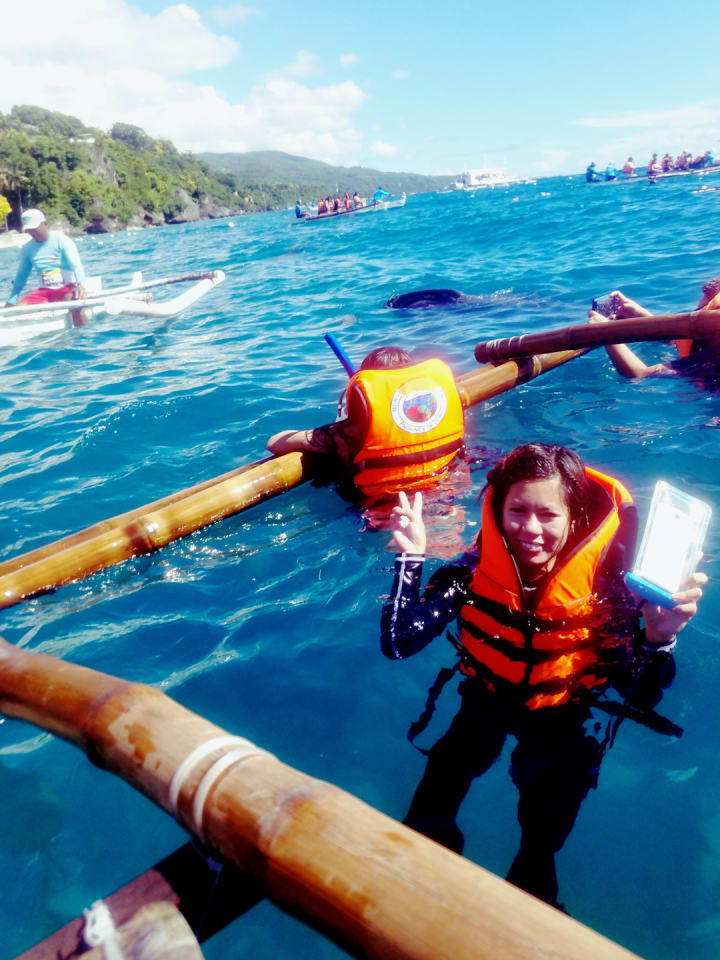
Another defining characteristic of Filipinos is their strong sense of community and family. Family is of the utmost importance in Philippine culture, and extended families often live close together and support one another in times of need. This close-knit sense of community is reflected in the many traditions and celebrations that center around family and social connections, such as fiestas, which are often held in honor of a patron saint, and are characterized by food, music, and dancing.
Filipinos are also known for their strong religious faith, with Catholicism being the dominant religion in the country. This is reflected in the many religious celebrations and festivals that take place throughout the year, including the Holy Week, which culminates in the celebration of Easter, and the Feast of the Black Nazarene, which takes place in Quiapo, Manila.
In terms of cuisine, Filipinos are known for their love of food and their diverse and flavorful cuisine. With influences from Spanish, Chinese, and indigenous traditions, Filipino cuisine is a melting pot of flavors and ingredients, with dishes like adobo, sinigang, and lechon being some of the most popular and widely known.
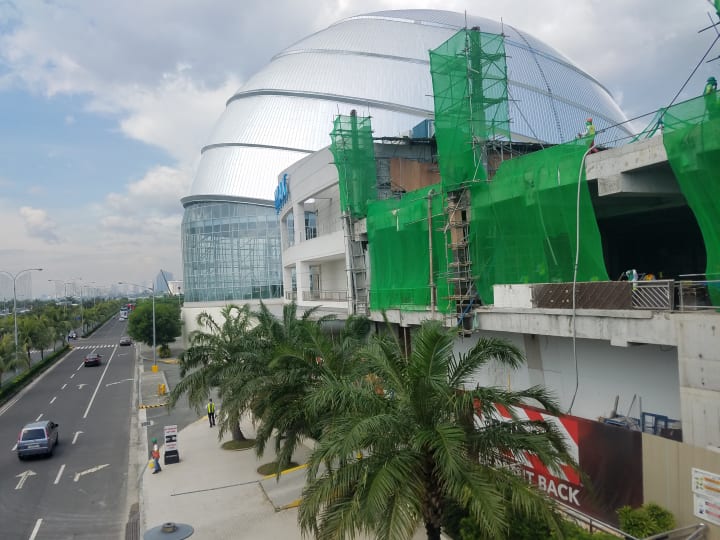
Despite the many challenges facing the Philippines, including poverty, political instability, and environmental degradation, Filipinos are resilient and optimistic people. With a rich cultural heritage, a strong sense of community, and a deep love of family and tradition, Filipinos are a unique and fascinating group of people, and are sure to leave a lasting impression on anyone who visits the Philippines.
In conclusion, Filipinos are a diverse and vibrant group of people, known for their warm hospitality, a strong sense of community and family, religious faith, and love of food and culture. Despite the many challenges facing the country, Filipinos are resilient and optimistic people, who are proud of their cultural heritage and are always eager to share it with visitors. Whether you are interested in experiencing the rich history and culture of the Philippines, or simply want to immerse yourself in the warmth and hospitality of its people, the Philippines is sure to be an unforgettable destination.
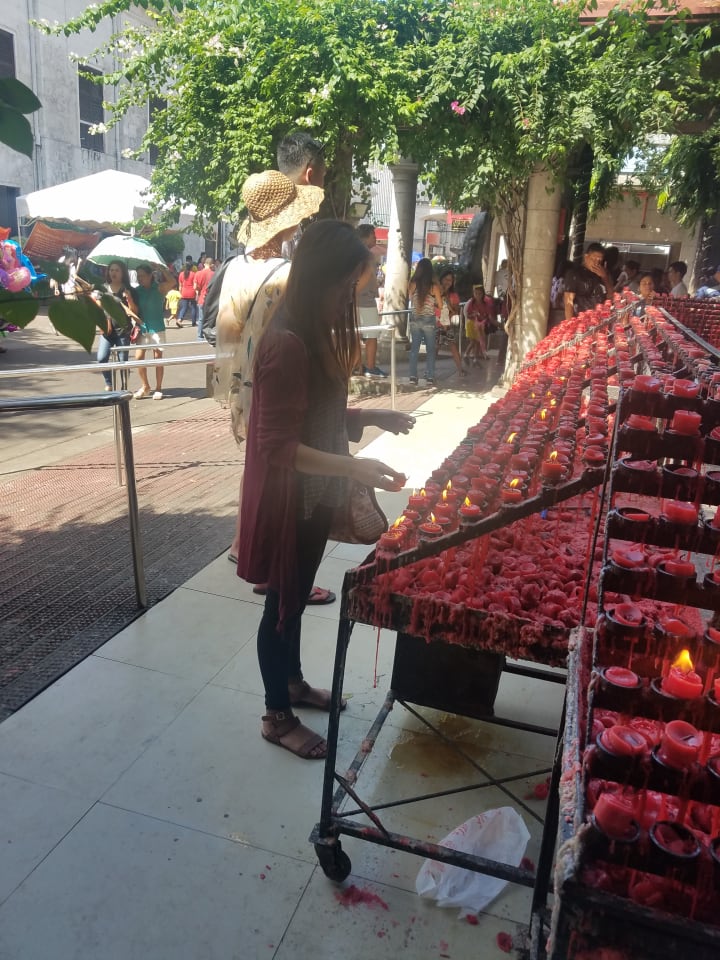
Cebu, is home to a diverse and vibrant population of people who speak a variety of languages. The main language spoken in Cebu is Cebuano, also known as Bisaya, which is widely spoken in the Visayas and Mindanao regions of the Philippines. Cebuano is an Austronesian language and is considered to be one of the most widely-spoken languages in the country, with an estimated 20 million speakers.
In addition to Cebuano, other regional languages and dialects are also spoken in Cebu, including Hiligaynon, Waray, and Boholano. English is also widely spoken in Cebu, particularly in tourist areas, business and government institutions, and among the educated population.
Filipino, the official national language of the Philippines, is also widely spoken in Cebu. Based on Tagalog, the language of the capital Manila, Filipino was established as the national language in the late 1940s and is used in government, media, and education.
In conclusion, Cebu is a linguistically diverse region, where Cebuano is the dominant language, but where a number of other languages and dialects are also widely spoken, including English, Filipino, and regional languages such as Hiligaynon, Waray, and Boholano. With its rich cultural heritage and diverse linguistic landscape, Cebu is a fascinating place to visit for anyone interested in exploring the language and culture of the Philippines.
ABOUT FILIPINO MONEY
The currency used in the Philippines is the Philippine peso (₱), which is abbreviated as PHP and is divided into 100 centavos. The Philippine peso is issued and controlled by the Bangko Sentral ng Pilipinas (Central Bank of the Philippines), which is responsible for maintaining the stability of the currency and managing the country's monetary policies.
The Philippine peso has a long history, with the earliest form of currency in the Philippines dating back to the pre-colonial period when barter trade was widely used. During the Spanish colonial period, the Spanish peso was introduced and remained in use until the end of the 19th century, when the American colonial government introduced the Philippine peso.
The Philippine peso is a widely used currency in Southeast Asia, and is accepted in many countries in the region. It is also commonly used by Filipino expatriates around the world, as well as by international tourists visiting the Philippines.
There are various denominations of Philippine peso banknotes in circulation, ranging from 20 to 1000 pesos, and the most commonly used coins are the 1, 5, 10, and 25-centavo coins. The design of the banknotes and coins feature portraits of important historical figures and national symbols, such as Jose Rizal, Andres Bonifacio, and the Mayon Volcano.
In recent years, the Bangko Sentral ng Pilipinas has made efforts to modernize the Philippine currency by introducing new security features, such as enhanced watermarks, security threads, and special inks, to prevent counterfeiting. The central bank has also introduced a new series of banknotes, with improved design and security features, to commemorate important events in Philippine history and to promote national pride.
In conclusion, the Philippine peso is the official currency of the Philippines, and is issued and controlled by the Bangko Sentral ng Pilipinas. With its long history, widely accepted use, and efforts to modernize and enhance security, the Philippine peso is an important part of the country's financial system and is an essential tool for conducting transactions in the Philippines and abroad.
About the Creator
Raven kay
My name is Raven Kay, and am an oil painter. My personal website is https://www.armorthoughts.com/
Enjoyed the story? Support the Creator.
Subscribe for free to receive all their stories in your feed. You could also pledge your support or give them a one-off tip, letting them know you appreciate their work.



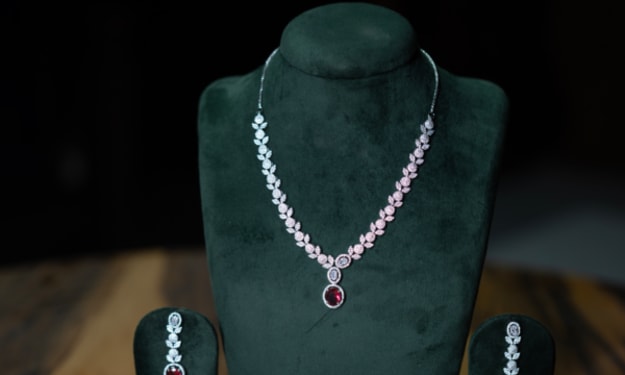


Comments
There are no comments for this story
Be the first to respond and start the conversation.